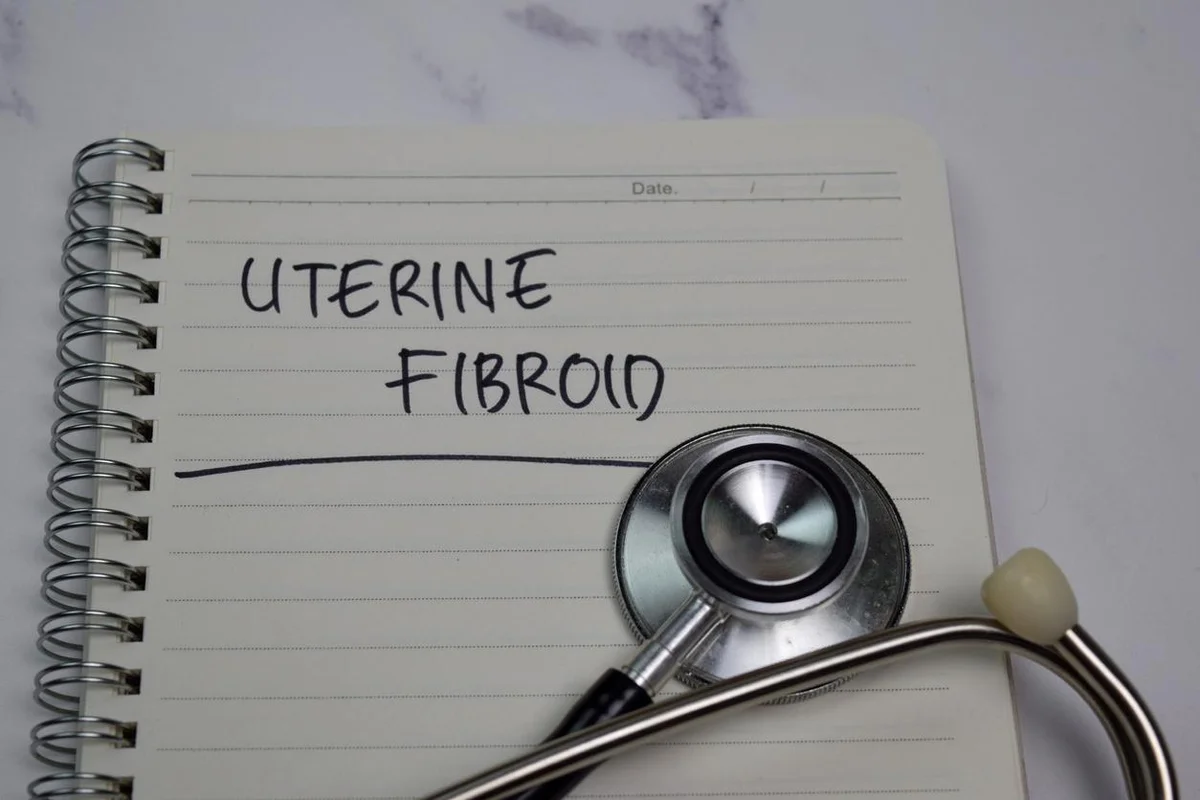Uterine fibroids are so common that more than three out of four women will develop them at some point during their lifetimes. Fibroids don’t always cause symptoms, but in one-quarter to one-half of cases, they do. Fibroids can cause heavy and long-lasting periods, pain in the pelvic floor and pain during sex, frequent urination, constipation, and lower back pain.
It can take years to get a diagnosis and find treatments. In that time, you can wind up visiting multiple healthcare providers (HCPs) and trying many different treatments. That can get expensive, even if you have health insurance.
For most people, between copayments, coinsurance and deductibles, more of financial responsibility for medical bills comes out of their pocket. When you know you need medical care, such as for fibroids, you can try to anticipate your costs on different insurance plans. When choosing health insurance, consider these nine questions to help minimize your costs and maximize your coverage.
1. Is the healthcare plan compliant with the Affordable Care Act?
The first thing to make sure of when you’re reviewing health insurance options is that the plans meet Affordable Care Act (ACA) requirements. Sometimes called Obamacare, the ACA protects women from being charged more just for being a woman or if they have preexisting conditions. Beware of individual health plans sold outside of the state or federal Health Insurance Marketplaces (Healthcare.gov). Those plans don’t have to cover everything required of plans that comply with the ACA. You could be denied coverage completely or for specific issues, such as fibroids.
2. Which healthcare providers (HCPs) do you see?
Do you have a trusted primary care provider or specialist? Do you go to a specific clinic or hospital for care? If you’ve got a specialist you’re happy with, make sure they participate with any health insurance plan you’re considering. To confirm they do, look at the provider directory for “in-network” or “participating” providers.
3. Does the provider network include a range of specialists who are experts in treating fibroids?
Not every HCP is knowledgeable about treating fibroids. You may want a specialist who is deeply expert in your specific condition. Make sure the health plan network has some HCPs with the precise expertise you need.
4. How much flexibility would you have if you needed a new HCP?
If you want to try a new HCP or use a different facility than the one you usually go to, check the specific health plan — not just the insurance company — you’re considering to see if they are in-network. Not all HCPs see members in all plans, even within the same insurer.
Also, check the out-of-network benefits. Sometimes you can see an HCP who doesn’t participate with the plan, but you’ll just pay more for it. But on some plans (especially HMOs), you could wind up having to pay 100% for nonparticipating providers — or just seeing whoever the health plan allows you to.
5. Are the common fibroid treatments covered, and how much will you have to pay for them?
Not everyone with fibroids needs treatment. But if you have symptoms, there are treatment options. You’ll want to make sure those treatments are covered by any health plan you select. Treatments may include over-the-counter pain relievers, which you’ll probably have to pay for yourself on most health plans, or birth control pills that must be covered under ACA-compliant plans.
Some women need prescription medications, and some health plans require you to try less-expensive medicines before they will pay for more-expensive ones (called “step therapy”). For some women, hormonal IUDs can relieve symptoms. Check to see if those are covered and at what cost. Other fibroid treatments include embolization (a procedure that causes fibroids to shrink) or surgery to remove fibroids (myomectomy) or the uterus (hysterectomy).
Each of these treatments will come with different costs — either a copayment or coinsurance. If the plan has a deductible, you’ll have to meet it first until insurance coverage kicks in.
6. What’s the policy on covering new treatments as they become available?
In addition to the existing treatments that help relieve symptoms or remove fibroids surgically, there are new treatments on the horizon. It’s hard to know if your new health plan will cover them when they’re available. Most health plans wait for a lot of evidence that new treatments are better than the old ones, and they’ll often require you to jump through hoops for new, costly treatments. But you can try to get a sense of how responsive the health plan is to new developments by looking at whether they cover other relatively new treatments or by asking to review their policy for approving new medications. You may also find clues in the health plan ratings, which measure how happy consumers are with a plan.
7. What’s the deductible?
Most Americans now have a deductible as part of their health insurance. Until you meet (pay) your deductible, you pay 100% of your medical costs, even for services your health plan covers. Once you meet your deductible, the insurer pays most of the bill, but you still usually have to pay something (a copayment or coinsurance).
Usually, the size of your deductible goes down the more you pay in monthly premiums and vice versa. If you can afford a higher payment each month, you might have an easier time when you need services and get hit with large bills. But, if you have the financial resources to pay out of pocket until you meet your deductible if you need to, you may be able to save money overall.
8. Coinsurance is one of the least understood health plan costs.
What you don’t understand can take a bite out of your budget. Coinsurance is the percentage of medical bills you have to pay once you’ve met your deductible. For example, if you need surgery to remove your fibroids, you could have 20% coinsurance. If the surgery costs $10,000, that’s $2,000 coming out of your pocket.
9. What’s the out-of-pocket maximum?
For covered services, health plans can only make you pay so much out of your own pocket in a year. That limit is called the out-of-pocket maximum. If you buy your health insurance on the Health Insurance Marketplace (Healthcare.gov), those limits are set by the government. In 2023, the out-of-pocket max in Marketplace plans can’t be higher than $9,100 for an individual and $18,200 for a family. That doesn’t mean every plan will have that high of a limit; it’s just the maximum cap they can use.This is the total amount you could pay in a year in deductible payments, copayments and coinsurance (premiums don’t count toward the out-of-pocket maximum). Be sure to check the caps on plans you’re comparing.
Resources
Health Insurance 101: How to Choose Insurance When You Have Endometriosis
Health Insurance 101: Understanding Health Insurance Terms
Health Insurance 101 for Women: What You’re Entitled to as a Woman
Health Insurance 101: What to know About Health Insurance Open Enrollment (Video)
This resource was created with support from Myovant Sciences.
- Living With Fibroids ›
- 12 Ways to Optimize Your Health Insurance ›
- Clinically Speaking: Talking to Patients About Uterine Fibroids ›
- It's Not Normal: Black Women, Stop Suffering From Fibroids ›
- What Are the Surgical Treatments for Fibroids? - HealthyWomen ›






